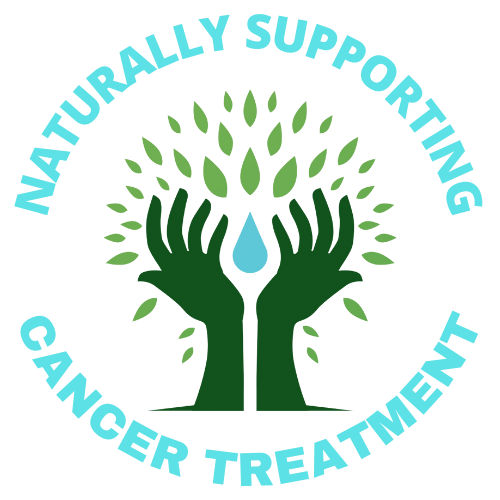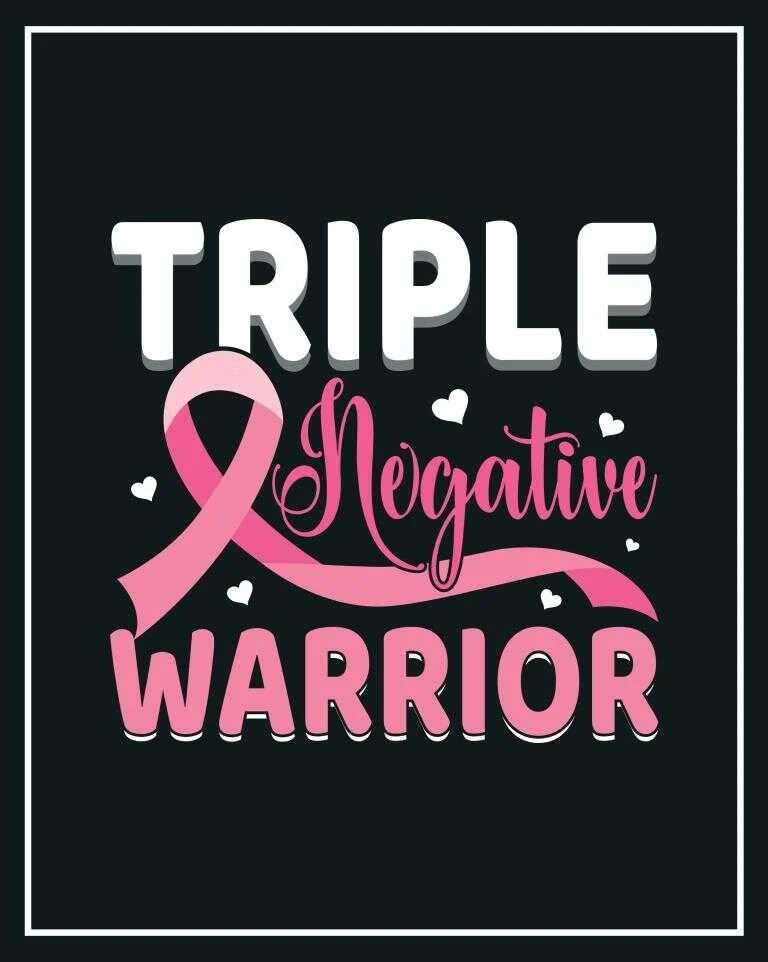Want natural support for triple negative breast cancer treatment?
A breast cancer diagnosis is always traumatic. Most types are easily treatable when they’re caught early but triple negative breast cancer (TNBC) is trickier. Because it doesn’t have receptors for oestrogen or progesterone, and isn’t HER2 positive, the usual chemotherapy regimes aren’t as effective as when they’re used for hormonal cancers, and TNBC is often resistant to chemo drugs. It’s a very aggressive type of breast cancer too.
A new study, though, offers some hope that an effective treatment may be on the horizon and you can take advantage of it now, using diet.
This study was looking at the effects of rutin, a flavonoid antioxidant, on TNBC cells. They found that it had similar (in fact, slightly better) results as doxorubicin, which is one of the chemo drugs that’s often used. And when they used rutin with doxorubicin at the same time, it drastically reduced the tumour’s growth. It was about 4 times as effective as doxorubicin alone. And better still, they worked out how it worked and why (1).
The trial was done in the laboratory and those kinds of studies don’t always translate to clinical studies. Rutin is metabolised in the gut to quercetin, which is well absorbed. Another study found that this breakdown makes it more active than the original rutin, not less (2). In a human random controlled trial, they measured how much rutin and quercetin, administered separately, appeared in blood tests. They found that the amount that reached the bloodstream was the same for both, but that quercetin got there more quickly (3).
This suggests that both quercetin and rutin may be helpful during doxorubicin treatment for TNBC. Both of these can easily be included in your diet.
Rutin’s benefits
Rutin has other benefits that are worth mentioning:
It helps with blood circulation, so it can help you if you have varicose veins, spider veins, and even haemorrhoids (4).
It may prevent blood clots, so it could be useful for reducing your risk of heart attack, stroke, deep vein thrombosis (DVT) and pulmonary embolisms (4).
It reduces LDL cholesterol, probably because of its strong anti-inflammatory effects (4).
It eases the pain of arthritis, again because it’s anti-inflammatory and antioxidant (4).
In animal models, it has a protective effect on the brain, reducing dementia and epilepsy, and helps recovery after strokes (5).
It has an antidiabetic effects in animals (5).
It reduces asthma in animals (5).
In animals, it helps build bone, reducing osteoporosis, which is helpful for those on hormonal treatments that can cause bone loss (5).
It reduces the formation of cataracts in animals, which is important for those who are/have been on steroids because cataracts are a side effect of them (5).
It lessens the damage to sperm caused by cyclophosphamide (5).
It’s antimicrobial, so it could be helpful for reducing infections (5).
It could help with hair loss (5).
It can help reduce physical fatigue (5).
In mice, it reduced peripheral neuropathy caused by oxaliplatin (5).
It’s been show to reduce liver and kidney damage caused by chemotherapy in a number of studies (5).
It increases the absorption of paclitaxel, which means that the dosage could be reduced and side effects minimised (5).
Quercetin’s benefits
Quercetin also has other uses:
Like rutin, it’s anti-inflammatory, so it can be helpful for rheumatoid arthritis sufferers (6).
It helps with allergic reactions like hay fever and other histamine-related conditions (6).
It helps protect against degenerative brain disorders like dementia (6).
It reduces blood pressure in people with hypertension (6).
Some research suggests that it might help slow down ageing (6).
It improves endurance exercise performance (6).
It helps with blood glucose control (6).
Sources of rutin
One of the best sources of rutin is buckwheat, which isn’t a grain, as its name suggests, but the seed of a plant that’s related to rhubarb, sorrel and knotweed. It’s considered a pseudo grain, it’s gluten free and you can use it like rice. You can also buy buckwheat flour, which you can combine with other flours to use in baking. It’s made into noodles too, known as soba noodles, which are popular in Japanese cooking and used widely in all cuisines these days. They have a rather nice nutty flavour and are worth trying if you haven’t already.
Unpeeled apples contain both rutin and quercetin, so you can get more bang for your buck there. Asparagus, citrus fruits, figs, black and green tea, and elderflower tea all contain high amounts of rutin.
Sources of quercetin
You can find quercetin in apples, as mentioned, and also in citrus fruits, sage, parsley, onions, broccoli, tea, red wine, olive oil, coffee, dark cherries, grapes, and dark berries like blackberries, blueberries and bilberries.
Dosage and side effects
I don’t recommend rutin supplements because at high doses they’re associated with side effects like nervousness, changes in heartbeat, blurred vision, headache, stomach upset, skin flushing, rashes, muscle stiffness, fluid accumulation in the knees and a high white blood cell count (4). There have been studies showing that a dose of 600 mg for up to 12 weeks has been used without problems, though, if you want to use them (7).
The more of the foods above that you eat, the higher your intake of rutin and quercetin. It’s unlikely that you could eat enough rutin-rich foods to cause any side effects. The only possible reaction is a rare allergy reaction. If you experience that, then stop eating those foods.
Conclusion
The bottom line is that rutin and quercetin could make a difference to the treatment of TNBC with doxorubicin. It’s very unlikely to cause you any problems if you use diet to increase your levels of them and they have significant other benefits too.
If you’ve found this article helpful, you’ll find other help for TNBC and many other cancers in my book . You can find links to all the online stores you can buy it, in both paperback and ebook formats, by clicking the ‘Buy the Book’ button below.
References
Suganya K, Poornima A, Sumathi S, et al. Rutin induces endoplasmic reticulum stress-associated apoptosis in human triple-negative breast carcinoma MDA-MB-231 cells – in vitro and in silico docking studies. Arabian Journal of Chemistry. 2022;15(9):104021. doi:10.1016/j.arabjc.2022.104021
Riva A, Kolimár D, Spittler A, et al. Conversion of rutin, a prevalent dietary flavonol, by the human gut microbiota. Frontiers in Microbiology. 2020;11:585428. doi:10.3389/fmicb.2020.585428
Erlund I, Kosonen T, Alfthan G, et al. Pharmacokinetics of quercetin from quercetin aglycone and Rutin in healthy volunteers. European Journal of Clinical Pharmacology. 2000;56(8):545-553. doi:10.1007/s002280000197
Gotter A. The potential health benefits of Rutin. Healthline. https://www.healthline.com/health/potential-benefits-of-rutin. Published September 1, 2017. Accessed March 28, 2023.
Ganeshpurkar A, Saluja AK. The pharmacological potential of Rutin. Saudi Pharmaceutical Journal. 2017;25(2):149-164. doi:10.1016/j.jsps.2016.04.025
Raman R. What is quercetin? benefits, foods, dosage, and side effects. Healthline. https://www.healthline.com/nutrition/quercetin. Published February 9, 2023. Accessed March 28, 2023.
Natural Medicines Database. Rutin - Professional Monograph. Natural Medicines Database. https://naturalmedicines.therapeuticresearch.com/databases/food,-herbs-supplements/professional.aspx?productid=270#safety. Published February 25, 2022. Accessed March 30, 2023.

